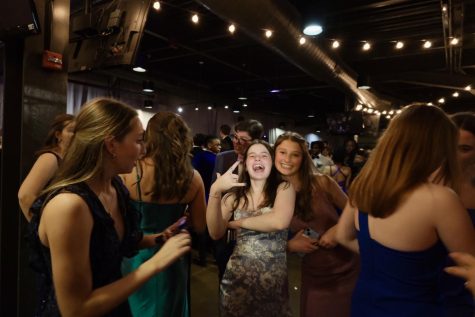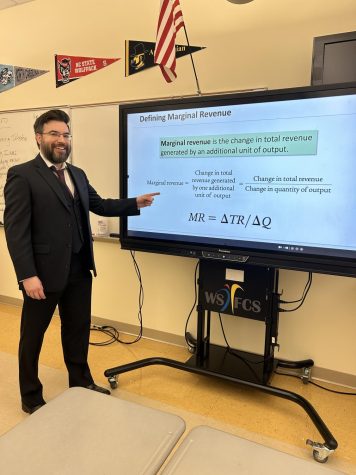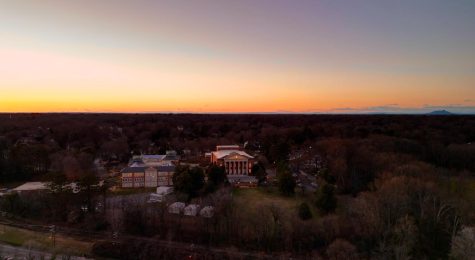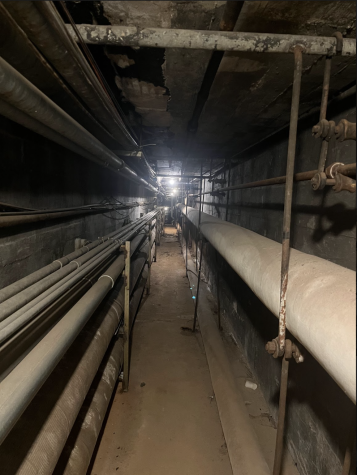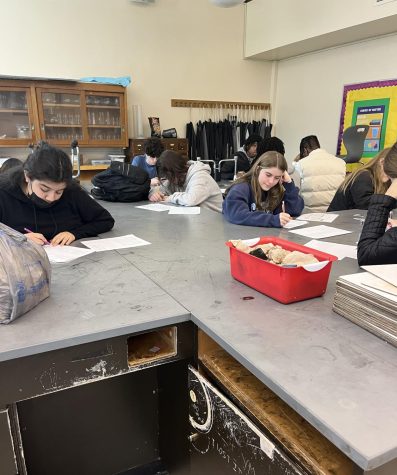Photos from the void
May 28, 2019
 Time could not move slower for Event Horizon Telescope Team as they eagerly awaited publishing the first ever image of a black hole as if they were the only ones on Earth, photographing the rest of humanity orbit Messier 87 black hole. Since gravitational forces are immensely greater surrounding a black hole, an object orbiting it is experiencing time “faster” relative to another location in space. Six years ago, more than 200 researchers in a myriad of scientific and mathematical fields from around the world banded together in attempts to seeing the impossible.
Time could not move slower for Event Horizon Telescope Team as they eagerly awaited publishing the first ever image of a black hole as if they were the only ones on Earth, photographing the rest of humanity orbit Messier 87 black hole. Since gravitational forces are immensely greater surrounding a black hole, an object orbiting it is experiencing time “faster” relative to another location in space. Six years ago, more than 200 researchers in a myriad of scientific and mathematical fields from around the world banded together in attempts to seeing the impossible.
The EHT team spent upwards of six years gathering, sorting and compiling over five million gigabytes of data amounting to about a half ton of hard drive space gathered from radiowaves captured from M87*, 54 million light years away in the center of the Virgo A galaxy.
The EHT is not a telescope, but an array of eight different telescopes that are placed in various places around the globe. Instead of using one telescope, many highly synchronized telescopes focusing on one point in space allowed researchers to create one large virtual telescope. This method of imaging is called very-long-baseline interferometry (VLBI). The greater the size of the telescope, the more radio waves it can capture, and the higher resolution of images that can be created from captured data. The collective telescopes making up EHT create an aperture about the size of the diameter of the earth due to their spacing across the globe. Researchers can use it to study extremely distant objects within its scope like M87* to improve the image quality of areas in space that we have already discovered, discover farther reaches of space, and.
Unfortunately, the raw data captured from EHT was not sufficient in imaging the black hole. Inaccurate data due to the earth’s atmosphere and duplicate data captured from different telescopes required EHT team to create complex computer algorithms that sorted and condensed the data into a coherent image. In all, the data captured from EHT amounted to about five petabytes of data, which is equivalent to five million gigabytes.
The image is not actually the black hole but the silhouette of the surrounding gasses and matter that orbits the black hole. Imaging the black hole itself is impossible. Black holes form when a massive enough star collapses in on itself condensing its matter into an infinitely small point in which the gravity is so great, the fundamental laws of physics break down and light cannot escape its grasp. Since no light can escape beyond the event horizon (the sphere at the center of the black hole in which the escape velocity is greater than the speed of light), no reflected photons can capture what is inside.
Although the image is not of the black hole itself, it has proven to be a groundbreaking for the field of astrophysics, because it helps us to understand more about the physical laws of our universe.
Photo courtesy of Creative Commons






